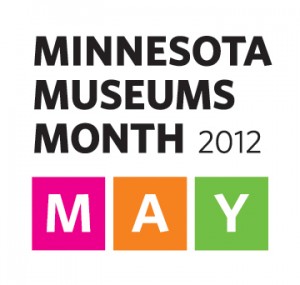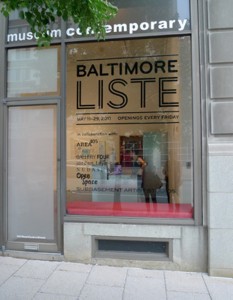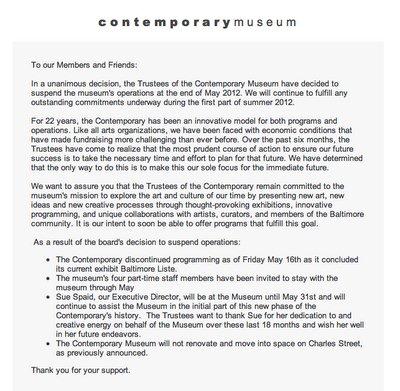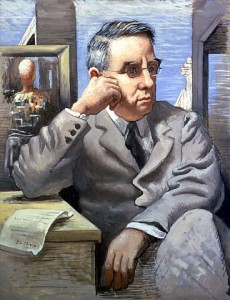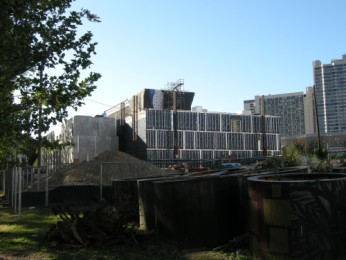While the art world was aflutter last week over word that Cy Twombly would join the ranks of artists with their museums, I heard nary a mention of another such artist: Dale Chihuly. He’s the artist critics love to criticize as too commercial — not in the category as Thomas Kincaid, say, but usually not someone to praise either.
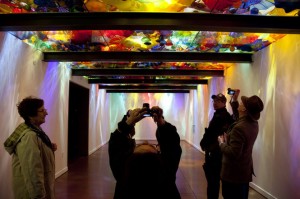 Chihuly, now 70, opened Chihuly Garden and Glass at the foot of the Seattle Space Needle on May 21 — 45,000 sq. ft. designed by the artist himself. But when the Seattle Times covered it, it was Valerie Easton, who writes about gardens, who called it an “ exciting venue.” The art review, by Gayle Clemans, was written as a “highlights” and “low points” piece.
Chihuly, now 70, opened Chihuly Garden and Glass at the foot of the Seattle Space Needle on May 21 — 45,000 sq. ft. designed by the artist himself. But when the Seattle Times covered it, it was Valerie Easton, who writes about gardens, who called it an “ exciting venue.” The art review, by Gayle Clemans, was written as a “highlights” and “low points” piece.
Coverage itself is a tad confusing, in fact: While Easton wrote that “The new exhibit is the largest display of Chihuly glass in the world, and every piece was created specifically for the setting,” other reports say that it contains elements from all of Chihuly’s life, including “conceptual drawings, glasswork themes, one-of-a-kind pieces and his personal collections.”Â
The signature piece in the Exhibition Hall’s eight galleries is said to be a new 1,400-piece, 100-foot long glass sculpture. The exhibition includes one of his well-known Persian ceilings 9above), among many other Chilhuly works. Outside, the 16,000-square-foot garden features more large Chihuly creations. Clemans wrote:
…[Chuhily and architect Owen Richards]Â also added a modernist glass conservatory, a striking space with arching, white metal beams that visually connects the nearby Pacific Science Center and Space Needle. Although inspired by Chihuly’s love for conservatories, it reads a little like a contemporary cathedral from certain angles, which might underscore the feeling that Chihuly has built a shrine to himself….
But here’s the downside: the fact that this center was designed by the artist, during his lifetime, and includes not just Chihuly’s art but many of his personal collections, from Native American basketry to vintage glass Christmas ornaments. It generates inevitable narcissistic undertones.
Put me on the side of the ledger for those who don’t think Chihuly’s work warrants a museum of its own. Not that he would care — he makes millions a year and paid nothing for this 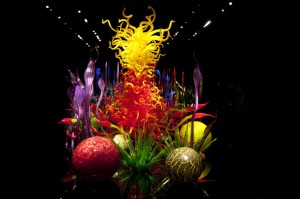 center, whose $20 million cost was financed by the Space Needle Corp. It’s open seven days a week, with enlightened hours — from 10 a.m. to 9 p.m. Friday to Sunday and from 11 a.m. to 8 p.m. Monday to Thursday — and is certain to draw crowds, at least for a while.
center, whose $20 million cost was financed by the Space Needle Corp. It’s open seven days a week, with enlightened hours — from 10 a.m. to 9 p.m. Friday to Sunday and from 11 a.m. to 8 p.m. Monday to Thursday — and is certain to draw crowds, at least for a while.
Unless, people are tripped up by the cost: general admission for adults is a steep $19. Compare that with the $10 charged by the Clyfford Still Museum, which caught some flack in the Denver area for being too expensive. It, btw, recently opened its second installation, Inaugural Exhibition, Part II, “including discoveries made since the opening of the Museum in November 2011 and an entirely new selection of works on paper.”  (Yes, I have query in on that… I’ll post an answer when I get one.)
UPDATE: According to a spokeswoman for the Still museum, “The works on paper (drawings and prints) that are now on view show greater connection to his paintings than previously revealed, which sheds light on his process and relationship between painted and drawn works. The museum also found that one work in the collection was actually a fragment – cut down from a replica of a major work that is at the Met.” You can see more about that here, in the blog post dated May 23.
Photo Credits: Courtesy of the Oregonian

